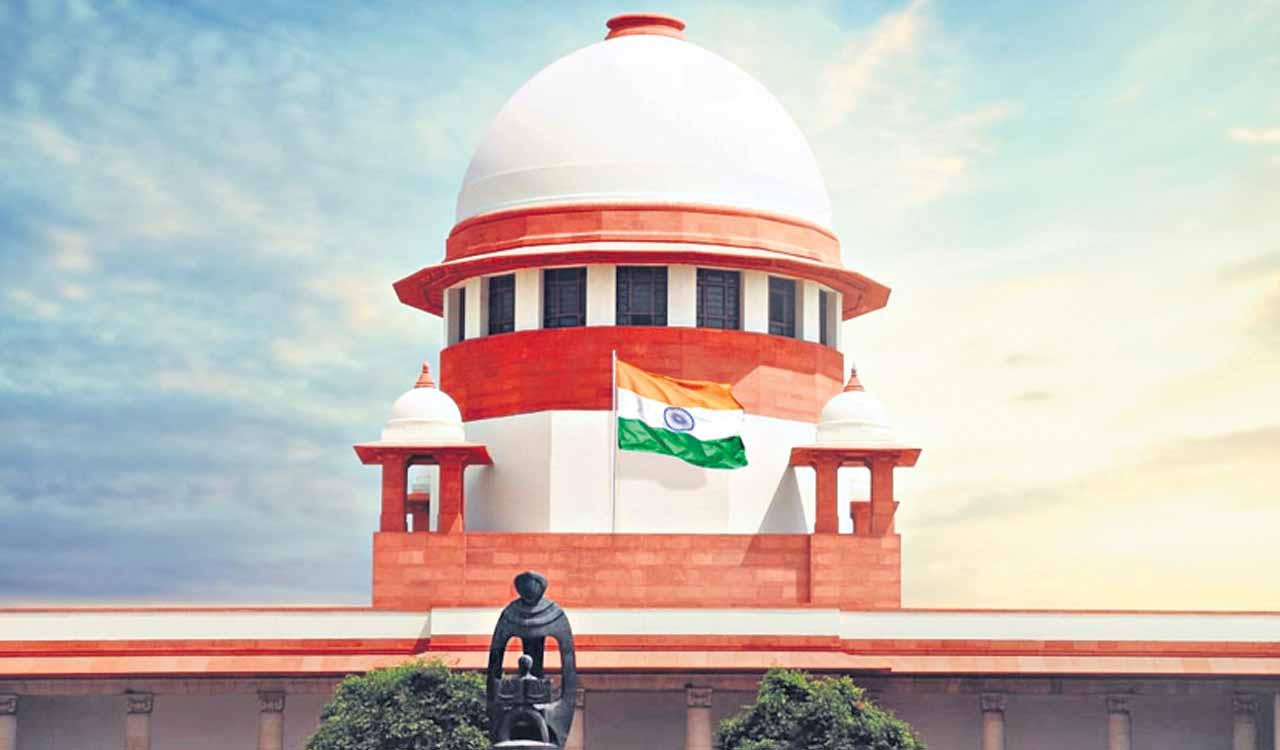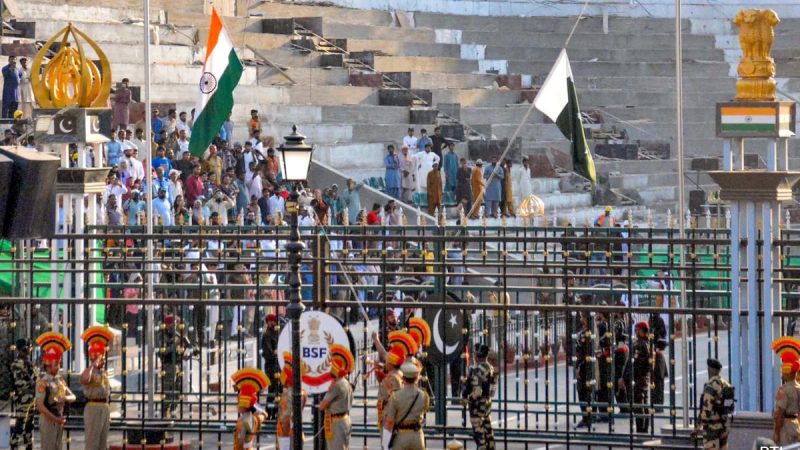Editorial: Step towards judicial transparency

India’s Supreme Court’s initiative to publish the asset declarations of its sitting judges on the court’s official website will go a long way in boosting judicial accountability
Published Date – 8 May 2025, 07:18 PM

Transparency is what makes the Judiciary, a key pillar of democracy, more effective and responsive. Opaque, obscure and inaccessible systems, however well-intended they may be, will only result in the erosion of public faith in the justice delivery system and widen the gulf. The first step towards a broader set of judicial reforms must begin with ensuring the probity of judges. In this regard, the Supreme Court’s initiative to publish the asset declarations of its sitting judges on the court’s official website is a welcome development. This will go a long way in boosting transparency and judicial accountability. The asset declarations cover judges’ movable property and gold, as well as investments held by them, their spouses and joint family members. The release of the asset details came in the wake of the recent discovery of piles of unaccounted cash at the residence of a Delhi High Court judge, Justice Yashwant Varma. Against the backdrop of this unsavoury incident causing acute embarrassment to the Judiciary, the apex court sent the right signal that it is serious about creating institutional mechanisms of accountability. The push for transparency also came against the backdrop of Vice President Jagdeep Dhankhar’s criticism of judicial overreach and opacity. As per the current practice, the declaration of assets is only a voluntary option for the judges. There is a need to make this mandatory at all levels in the judiciary in the interests of transparency and probity. The top court also made public the entire process of appointments to the high courts and the apex court, uploading the details on its website.
As part of broader judicial reforms, the apex court made the first attempt in 1997 to encourage judges to disclose all assets to the Chief Justice, including the ones in the names of their spouses or their dependents. However, this guideline was not followed. Again, in 2009, the apex court decided to post asset disclosures of judges on its official website. In the same year, the Delhi High Court too agreed to make the assets of judges publicly available. The majority of judges have not voluntarily disclosed their assets in spite of these steps which could have set a benchmark for transparency and honesty. The Parliamentary Committee on Personnel, Public Grievances, Law and Justice, in its 2023 report, suggested a law that would require judges of the Supreme Court and High Courts to file yearly asset returns and create clear guidelines for asset disclosure. The National Judicial Appointments Commission (NJAC) Bill, which was passed by Parliament in 2014, was subsequently struck down by the Supreme Court in 2015 as unconstitutional. The Commission, which had near-unanimity in Parliament, gave the government a decisive say in the appointment of judges. Now, almost a decade later, the discovery of wads of currency at Justice Varma’s house has re-ignited the debate over judicial accountability.






